Staying active after 50 is essential for maintaining strength, mobility, and heart health. One of the simplest yet most effective fitness goals is increasing your daily step count. But walking alone isn’t always enough—especially when you want to build muscle, burn more calories, and improve balance. That’s where resistance bands come in.
Combining walking with resistance band exercises can supercharge your results. This guide offers 12 actionable, easy-to-follow strategies to help men over 50 increase their step count while building strength, improving joint stability, and boosting overall endurance.
Before hitting the pavement, spend 3–5 minutes marching in place while holding a light resistance band around your hands. This activates your shoulders, core, and leg muscles. It also increases heart rate slightly, preparing your body for more steps.
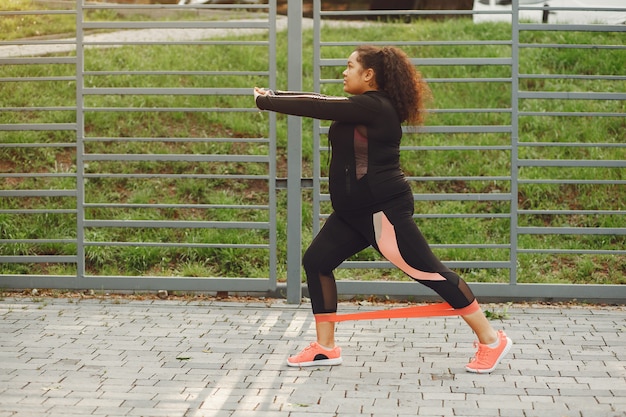
Try lateral band walks or forward resistance walks. Place the band just above your knees and take 20 steps side-to-side, then reverse. This strengthens glutes and hips, improving walking efficiency and reducing injury risk.
If you work from home or sit for long hours, set a timer every 60 minutes. Take a 5-minute walk around the house or office while carrying a resistance band. Perform bicep curls or shoulder presses as you walk. This combines cardio with strength training—maximizing step count and muscle engagement.
Design a 15-minute circuit: walk for 2 minutes, then stop and do 15 reps of band rows or squats. Repeat 4–5 times. This keeps your heart rate elevated and encourages more daily movement.
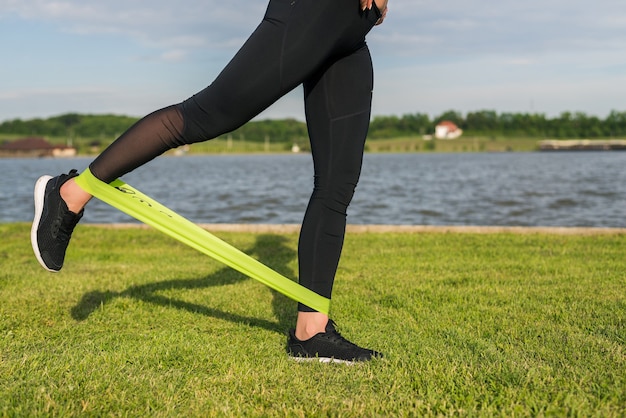
Use a pedometer or smartwatch to track your baseline step count. Add 500 steps per week until you reach 8,000–10,000 steps daily. Pair this with resistance band workouts 3–4 times a week to build stamina.
When walking to the mailbox, store, or park, do 10–15 reps of band pull-aparts or standing rows at your destination before returning. This turns routine walks into functional fitness sessions.
Find a gentle incline and walk uphill while holding a resistance band in both hands, performing slow overhead presses. The incline increases step intensity, and the band adds upper-body engagement.
Use a low step or stair. Step up with your right foot, then pull the band toward your torso in a rowing motion. Alternate legs. This builds leg strength and coordination—key for men over 50 aiming to stay mobile.
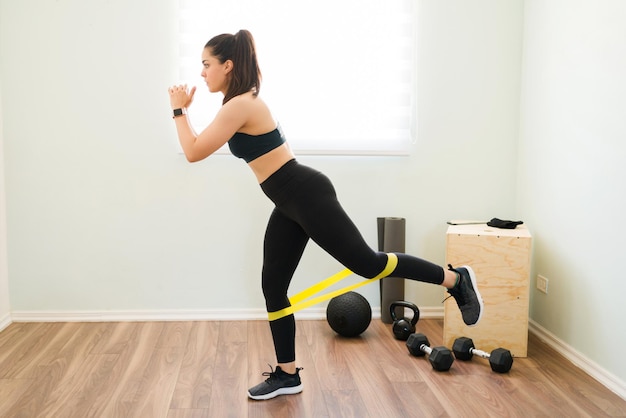
After a walk, use the band for dynamic stretches—like assisted hamstring or shoulder stretches. This improves recovery and encourages consistency by reducing soreness.
Social motivation helps. Join or start a walking group where members bring resistance bands. Incorporate short band exercises at rest stops. Friendly accountability keeps step goals on track.
Stand on one leg while doing band-resisted arm curls. This improves balance, reducing fall risk. Then walk 50 steps with focus on posture. Repeat on the other side. Better balance means more confidence to walk farther.
Every Sunday, review your step count and band workout frequency. Ask: Did I hit my step goal? Did I complete 3 band sessions? Adjust goals as needed. Celebrate small wins—like adding 1,000 steps or mastering a new exercise.
Increasing your step count doesn’t have to be boring or ineffective. By integrating resistance bands into your walking routine, you build muscle, improve joint health, and boost calorie burn—all critical for men over 50.
Start with 2–3 of these strategies, track your progress, and gradually expand. Within weeks, you’ll notice improved endurance, stronger legs, and a more active lifestyle. Stay consistent, stay strong, and keep moving forward—one step at a time.

Fitness

Fitness

Fitness

Fitness

Fitness

Fitness

Fitness

Health
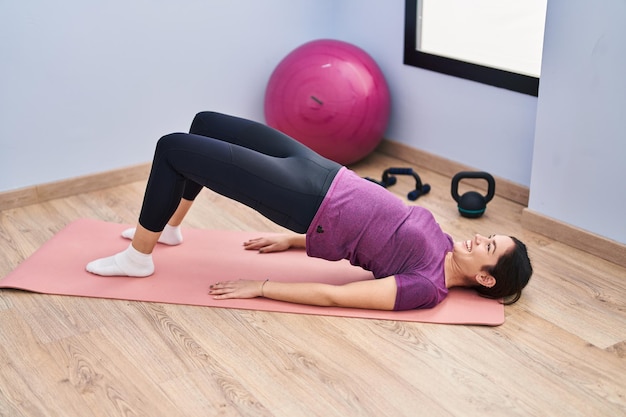
Fitness
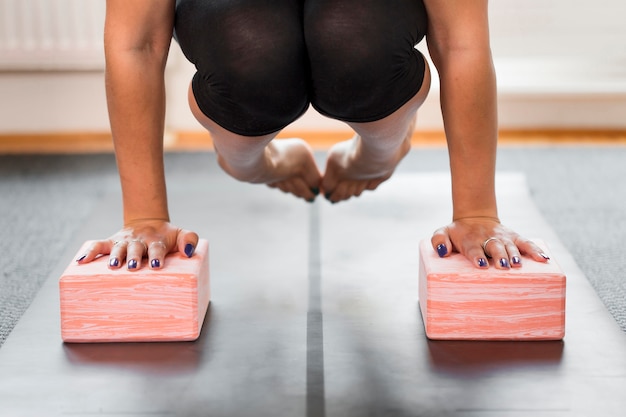
Fitness

Fitness
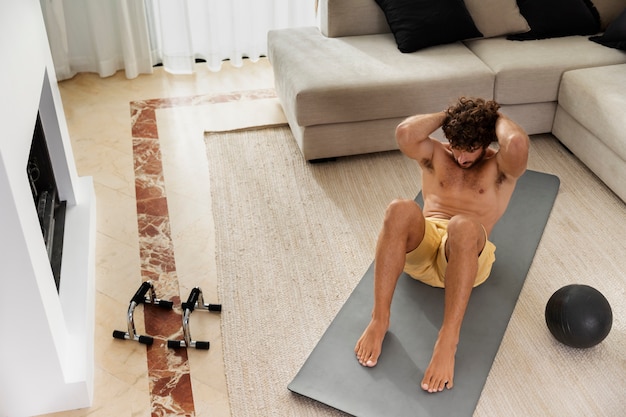
Fitness

Health

Fitness

Health

Health